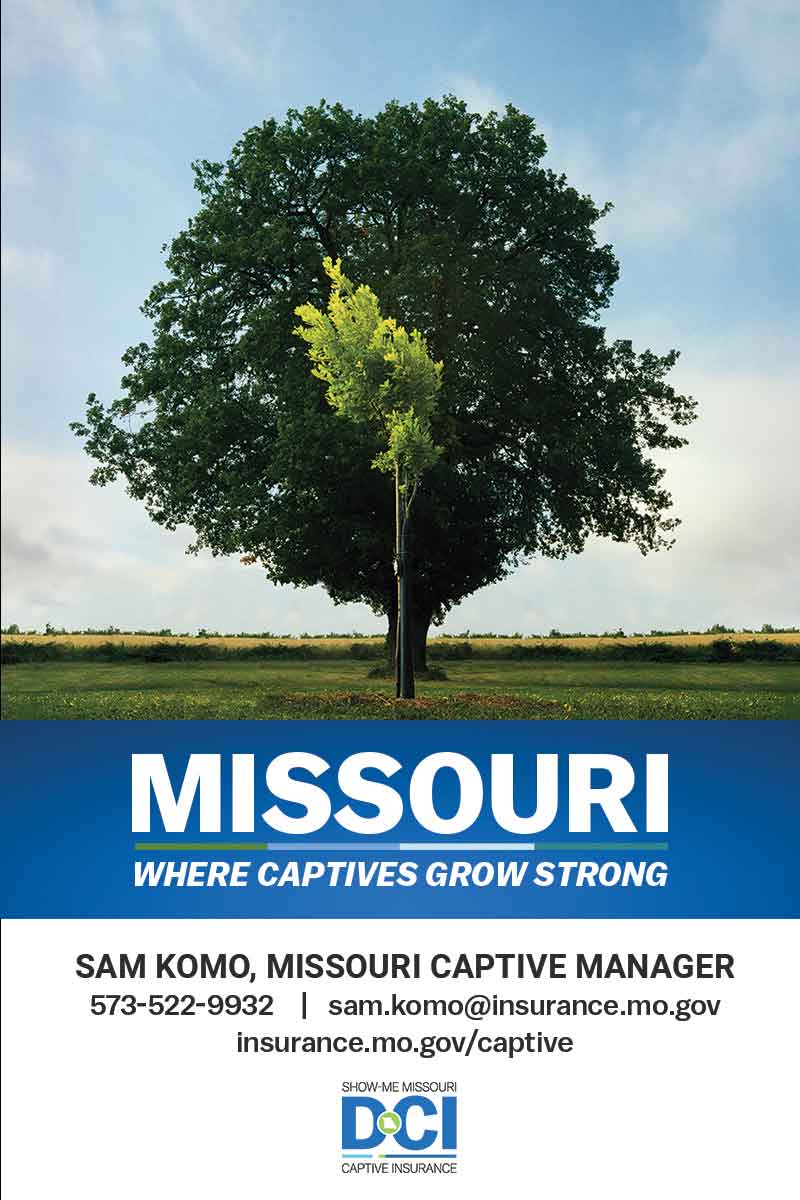As legislation bringing safe harbours to financial insitutions providing services to cannabis related industries edges closer, Jon Harkavy discusses what to expect if and when they pass
Legislation is wending its way through an otherwise gridlocked Congress, which can potentially offer banks, insurers, and other financial institutions a safe harbour to provide financial services to cannabis-related legitimate industries. While to date there have been few sizable insurers operating in the space, enactment of such safe harbour legislation will prompt significant competition by large national insurers. In combination with traditional insurers, risk retention groups (RRGs) and purchasing groups (RPGs) operating pursuant to the Federal Liability Risk Retention Act (LRRA) may become the preferred platforms for insuring cannabis related risks.
Factory Mutuals
By way of historical analogy, in the 1800’s US Factory mutuals, now making up a significant sector of the traditional insurance industry, began with the failure of US insurers at the time to provide adequate and affordable fire insurance to national factories and mills, largely due to underwriting gaps, including, incredibly, a failure to distinguish between factories made of wood versus steel in the charging of premiums.
The factory mill owners ultimately established their own insurance companies, primarily mutuals owned by the factory mill owners themselves. The historic precedent for such member-owned insurance facilities was Lloyd’s of London more than a century earlier. In the US, from the 1950’s until the present, when captive insurance companies were formed they were owned by their policyholders in much the same fashion as the factory mutuals before them.
The LRRA, RRGs, and safe harbour legislation
In 1986, Congress, faced with an insurance availability affordability crisis, amended a federal law to facilitate the formation of member-owned captive insurance companies, called as noted, RRGs, and what can best be described as insurance buyer cooperatives called RPGs.
Under the LRRA, all insureds of the RRG must be owners of the RRG. The LRRA also requires that there be a commonality of insurable interests by the RRG’s owners. Both these requirements can be achieved by companies in the cannabis sector forming an RRG to insure their risks.
It is the nature of the traditional insurance regulation that forms and rates must, for the most part, be filed and approved in every state where the insurer operates, making it truly difficult for the traditional insurer to operate on a national basis in the fledgling US cannabis industry, where form and rate flexibility are a must.
Under the LRRA, the RRG can utilise the actuarially justified policy form and rates it chooses, upon approval by the RRG’s single domiciliary state. Multistate form and rate approvals are preempted, thereby eliminating a 50 state gauntlet of form and rate approvals faced by traditional insurers. In addition to the ability to customise policy forms, the RRG mechanism gives its insured/owners the ability to exercise greater control of the underwriting function, which under a traditional insurance arrangement would be delegated to the insurer.
Upon licensure by the RRG’s domicile state, the RRG can do business in other states and the District of Columbia on the basis of a registration in states where the RRG’s policyholders reside. Starting a traditional insurer from scratch to insure the cannabis industry would, without the LRRA, take about seven years or more to secure multi-state licenses throughout the US.
There are some potentially problematic restrictions with the LRRA. The most significant being that only liability coverages can be written by the RRG. Non-liability coverages such as property, workers’ compensation, and theft, cannot be written by RRGs. However, through cooperative structuring between the cannabis RRG and the traditional insurance industry, these non-liability lines of coverage can be written through the aforementioned RPG mechanism of the LRRA, which give purchasing groups’ insurers the ability to offer non-liability coverage to RPG members, as part of a liability insurance offering.
In short, once safe harbour legislation is enacted into law allowing financial institutions to serve the legitimate cannabis industry, look to the LRRA to provide the likeliest lead state regulatory framework through which much of the cannabis industry policyholders will be served





